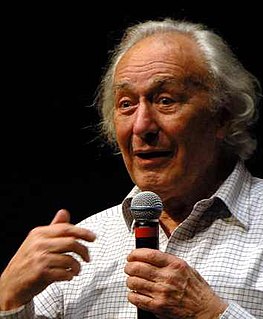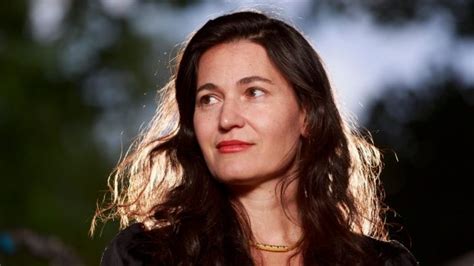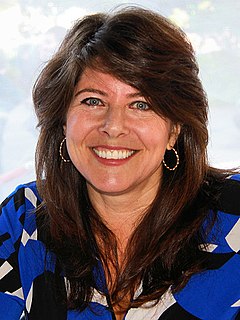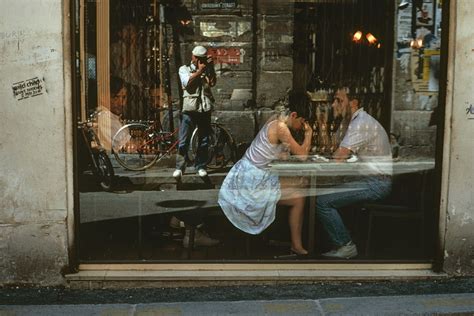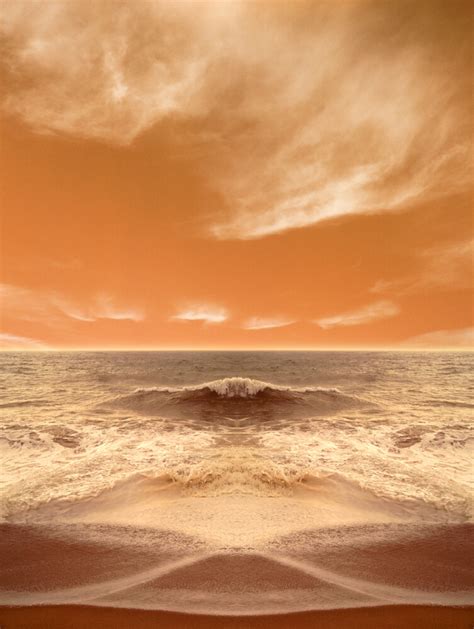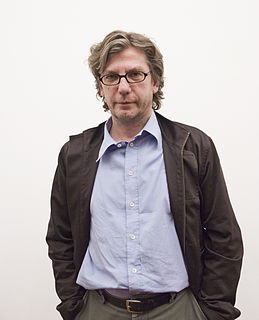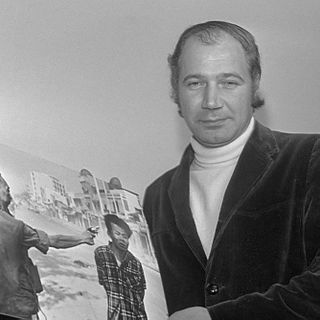A Quote by Deborah Turbeville
I don't consider [my] photographs fashion photographs. The photographs were for fashion, but at the same time they had an ulterior motive, something more to do with the world in general.
Related Quotes
Saudi Arabia is so conservative. At first there were photographs of women I took that I couldn't publish - of women without their abayas. So I started writing out little anecdotes about things I couldn't photograph and wove it in with a more obscure picture and called it "moments that got away". I realised these worked as well as the photographs by themselves. There are a lot of photographers who feel the story is all in the photographs but I really believe in weaving in complementary words with the pictures.
It is a nostalgic time right now, and photographs actively promote nostalgia. Photography is an elegiac art, a twilight art. Most subjects photographed are, just by virtue of being photographed, touched with pathos. ... All photographs are memento mori. To take photograph is to participate in another person's mortality, vulnerability, mutability. Precisely by slicing out this moment and freezing it, all photographs testify to time's relentless melt
A good print is really essential. I want to take strong documentary photographs that are as good technically as any of the best technical photographs, and as creative as any of the best fine-art photographs. [...] I don't want to just be a photo essayist; I'm more interested in single images...ones that I feel are good enough to stand on their own.
To live in a world of photographs is to live in a world of substitutes... or so it seems, whose actual referent is always the other, the described, the reality of a world once removed. I prefer, on the other hand, to look at the photographs as something real and of my world, a strange and powerful thing... part of a language, a system of communication, an economy of signs.

